#119 in Vietnam
Bánh Ú: Basic Information
Pronunciation
Alternative Name(s)
Dish Type
Course
Mealtime
Popular Bánh Ú Variations
Bánh Ú: Ingredients and Preparation
Main Ingredients
Main Cooking Method
Preparation Process
Bánh Ú: A Deep Dive
Cultural Significance
Taste
Texture
Aroma
Color
Serving Style
Serving Temperature
Accompaniment
Occasions
Seasons
Special Diets
Calories
Popularity
Popular Similar Dishes
- Bánh Chưng
- Bánh Tét
- Bánh Ít
- Bánh Giò
- Zongzi
Popular Dining Area
Bánh ú, also known as bánh bá trạng, is a pyramidal glutinous rice dumpling that is particularly significant in Tết Đoan Ngọ (Đoan Ngọ festivals) in Vietnamese cuisine.
Bánh ú can be wrapped in leaves such as banana, Dong, or bamboo leaves. Interestingly, bánh ú has its origins in China and is related to the Chinese zongzi. This connection highlights the cultural and culinary exchanges between Vietnam and China.
There are primarily two varieties of this dish: savory and sweet. The savory version is commonly filled with a mix of pork, Chinese sausage, dried shrimp, salted egg yolk, and shiitake mushrooms.
Another variation, known as bánh ú lá tro, is a sweet treat made from glutinous rice flour that’s dipped in lye water with a mung bean filling.
Let’s delve into the world of bánh ú: examining its main components, renowned versions, comparing it with bánh ít and bánh giò, sources for buying, pros and cons, typical questions, and comparable dishes.
Key Points
Bánh Ú Images
What Are The Main Ingredients of Bánh Ú?
Here’s a detailed overview of the essential ingredients used in bánh ú, including their specific features:
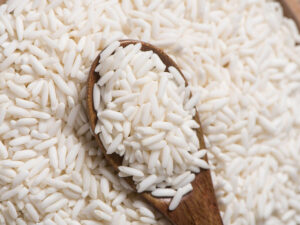
Glutinous Rice
Aged glutinous rice, preferably one-year-old, is preferred for its powdery texture. It is soaked in ash water overnight or until the grains soften adequately
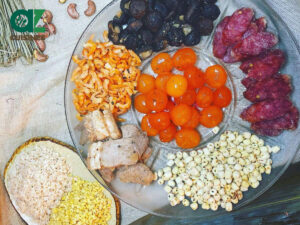
Fillings
Savory fillings: Pork, Chinese sausage, dried shrimp, and shiitake mushrooms, salted egg yolk are typical ingredients for the savory version.
Sweet fillings: can be mung bean paste, peanut, red bean paste, shredded coconut meat, and banana.
Depending on the recipe, additional ingredients like peanuts, dried shrimp, quail egg, wood ear mushrooms, cashew, lotus seed can be used
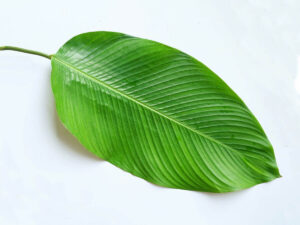
Wrapping
The cake is wrapped in bamboo or banana leaves, which are carefully prepared to ensure they are tender and pliable
Exploring the main ingredients of bánh ú reveals the culinary versatility of this dish, paving the way for different variations of bánh ú, each uniquely flavored by its distinct blend of components.
What Are Different Variations of Bánh Ú?
Below is a description of four major variants of bánh ú, along with their specific characteristics:
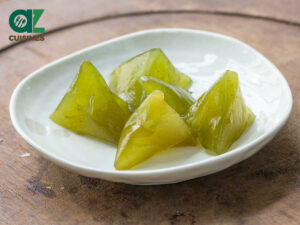
Bánh Tro
This dish is known for its distinctive taste, chewy texture. It’s typically sold in sets of ten, knotted together by strings of a grass called Lepironia articulata.

Bánh Ú Nhân Mặn
This dish features a soft and fragrant glutinous rice crust with a savory filling.
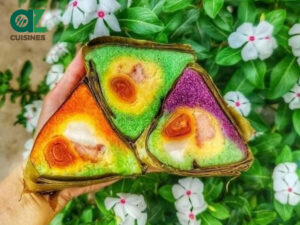
Bánh Ú 3 Màu
This variation of bánh ú is a creative twist on the traditional recipe, featuring 3 colors.
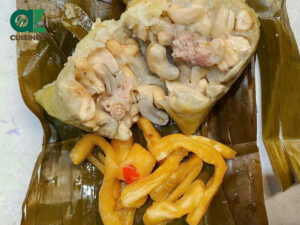
Bánh Ú Hạt Điều
This variation has a distinctive filling with a mix of soft glutinous rice, rich pork belly, and creamy cashew nuts, offering a complex and satisfying taste.
Exploring these variations of bánh ú not only showcases the versatility of this traditional Vietnamese dish but also highlights the distinction from bánh ít, primarily in terms of fillings and presentation.
What Are the Differences Between Bánh Ú and Bánh Ít?
Both Bánh Ú and Bánh Ít are both Vietnamese dishes with pyramid shapes. However, each features unique characteristics and variations, reflecting the rich culinary heritage of Vietnam:
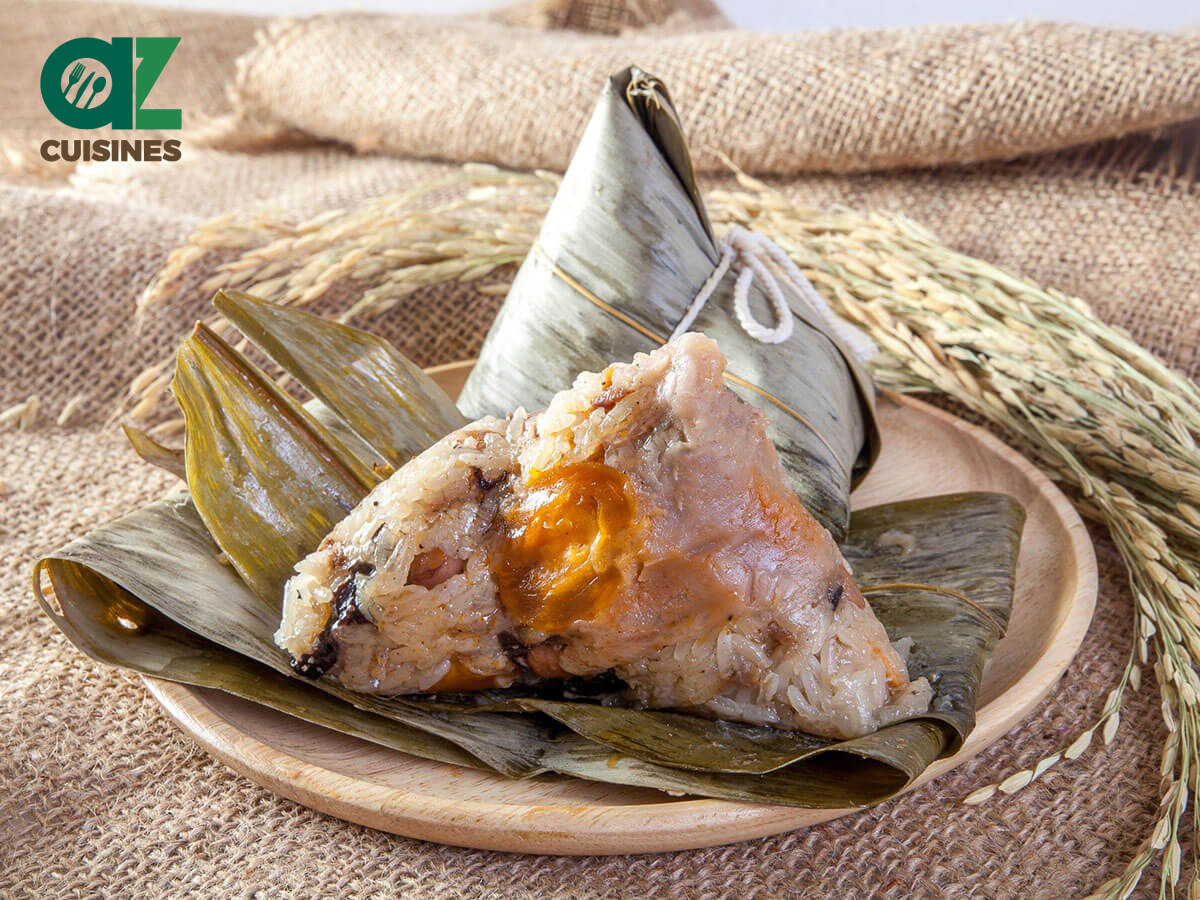
Bánh Ú
Cultural Significance: Important in Đoan Ngọ festivals in Vietnam.
Wrapping Material: Banana leaves, Dong leaves, or bamboo leaves
Outer Layer: Glutinous rice
Fillings:
Savory fillings: Pork, Chinese sausage, dried shrimp, salted egg yolk and shiitake mushrooms
Sweet fillings: can be mung bean paste, peanut, red bean paste, shredded coconut meat, and banana
Preparation Method: Boiling

Bánh Ít
Cultural Significance: Common in Central and South Vietnam’s death anniversaries and other festivals; now a popular snack.
Wrapping Material: Banana leaves, sometimes thorn or baby jackfruit leaves.
Outer Layer: Glutinous rice flour
Fillings:
Salty fillings: Minced pork, prawn, mashed mung bean onion.
Sweet fillings: Mung bean paste or sweetened ground coconut.
Preparation Method: Steaming
Having explored the unique characteristics of bánh ú and bánh ít, let’s now delve into understanding how bánh ú differs from another popular Vietnamese delicacy, bánh giò.
How do Bánh Ú and Bánh Giò Differ from Each Other?
Bánh ú and bánh giò are both pyramid dumplings in Vietnamese cuisine, but they have distinctions:

Bánh Ú
Cultural Significance: Popular at Đoan Ngọ festivals in Vietnam.
Wrapping Material: Wrapped in leaves (banana, Dong, or bamboo leaves)
Outer Layer: Glutinous rice
Fillings:
Savory fillings: Pork, Chinese sausage, dried shrimp, salted egg yolk and shiitake mushrooms
Sweet fillings: can be mung bean paste, peanut, red bean paste, shredded coconut meat, and banana
Main Cooking Method: Boiling
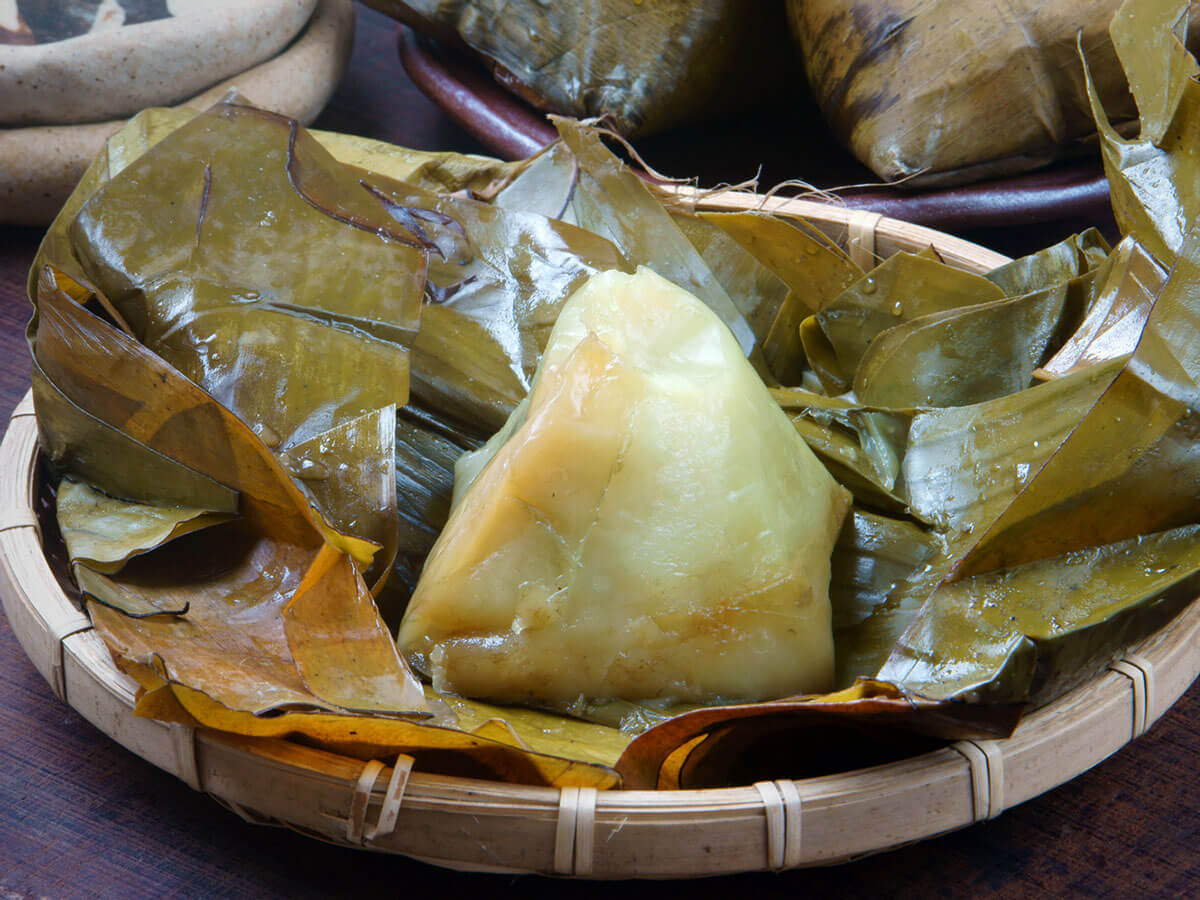
Bánh Giò
Cultural Significance: Originally a street snack from Northern Vietnam.
Wrapping Material: Wrapped in banana leaves
Outer Layer: Rice flour
Fillings: Only comes with savory fillings. Ground pork, mushrooms, and onions.
Main Cooking Method: Steaming
To further explore the unique flavors of bánh ú and bánh giò, and perhaps even try them yourself, it’s a good idea to look for local Vietnamese markets or specialty stores where these delightful dumplings are sold.
Where to Buy Bánh Ú?
Highlighted below are the premier spots for purchasing bánh ú in Ho Chi Minh City and Hanoi:
In Ho Chi Minh City (for Bánh Ú Mặn)
Bánh Bá Trạng Đại Phát
Address: 738 Su Van Hanh, Ward 12, District 10, Ho Chi Minh City
Bánh Bá Trạng Cô Phượng
Address: 56C/67 Lac Long Quan Street, Ward 3, District 11, Ho Chi Minh City
Bánh Bá Trạng Như Lan
Address:
Branch 1: No. 365 Hai Ba Trung, Ward 8, District 3 (opposite Tan Dinh Market and District 1 Hospital)
Branch 2: Như Lan 50 Ham Nghi, District 1 (opposite Bitexco Building)
Branch 3: Như Lan 68 Ham Nghi, District 1 next to the old market (opposite Vietnam Industrial and Commercial Bank)
In Hanoi (for Bánh Ú Tro)
Bánh Ú Tro Cô Hải
Address: 79 Pho Hue, Ngo Thi Nham, Hai Ba Trung.
Bánh Tro at Dong Xuan Market
Address: Dong Xuan, Hoan Kiem, Hanoi
Bánh Ú Tro Vạn Thịnh
Address: Kim Hoa, Dong Da, Hanoi
While exploring these locations, consider the advantages and disadvantages of bánh ú, such as its unique flavor profile and dietary restrictions, to ensure it suits your taste and needs.
Pros and Cons of Eating Bánh Ú
It’s the right time to weigh the merits and demerits of bánh ú:
Pros
Cons
As well, remember to peruse the often inquired questions



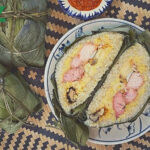
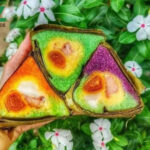


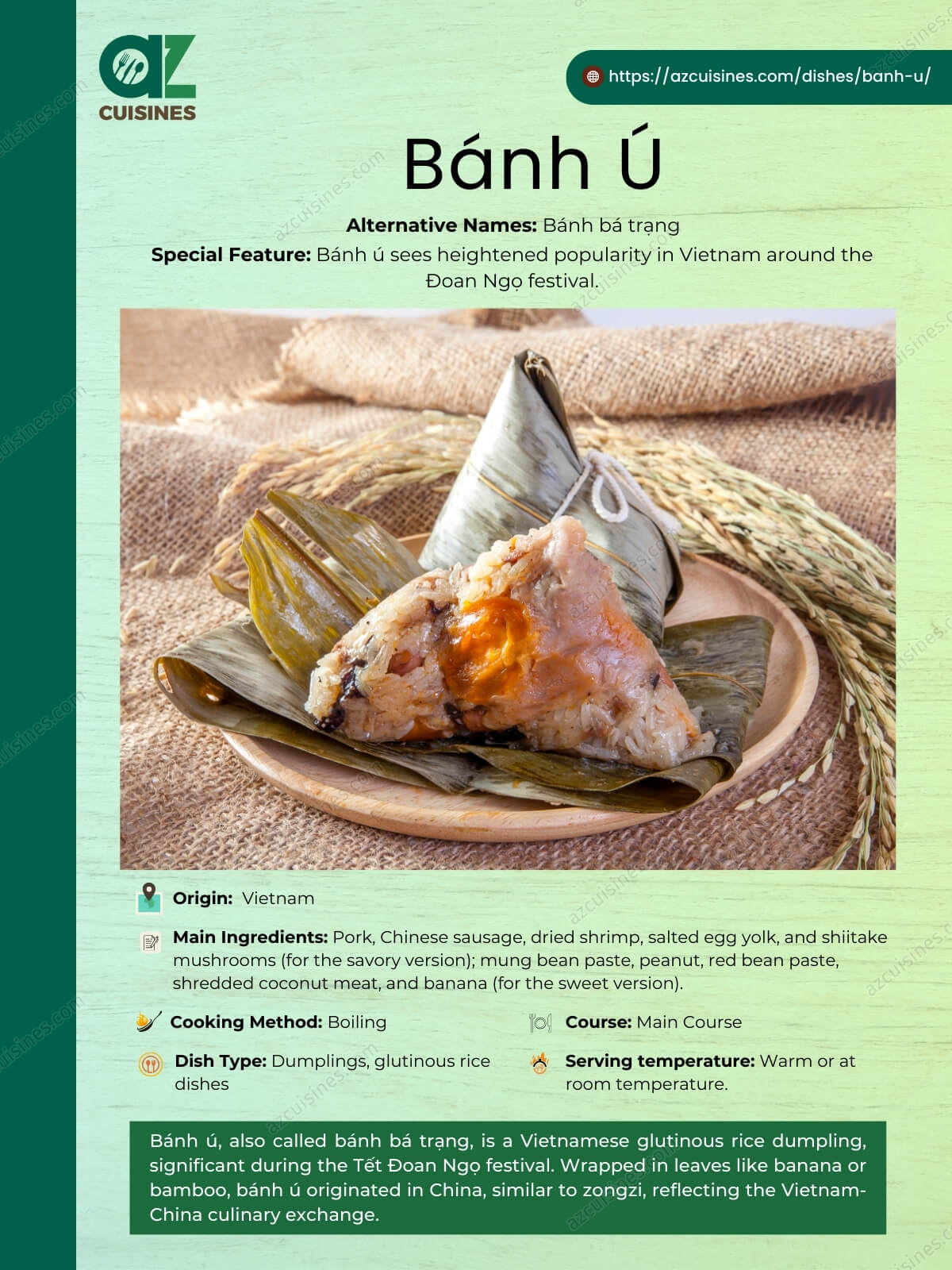


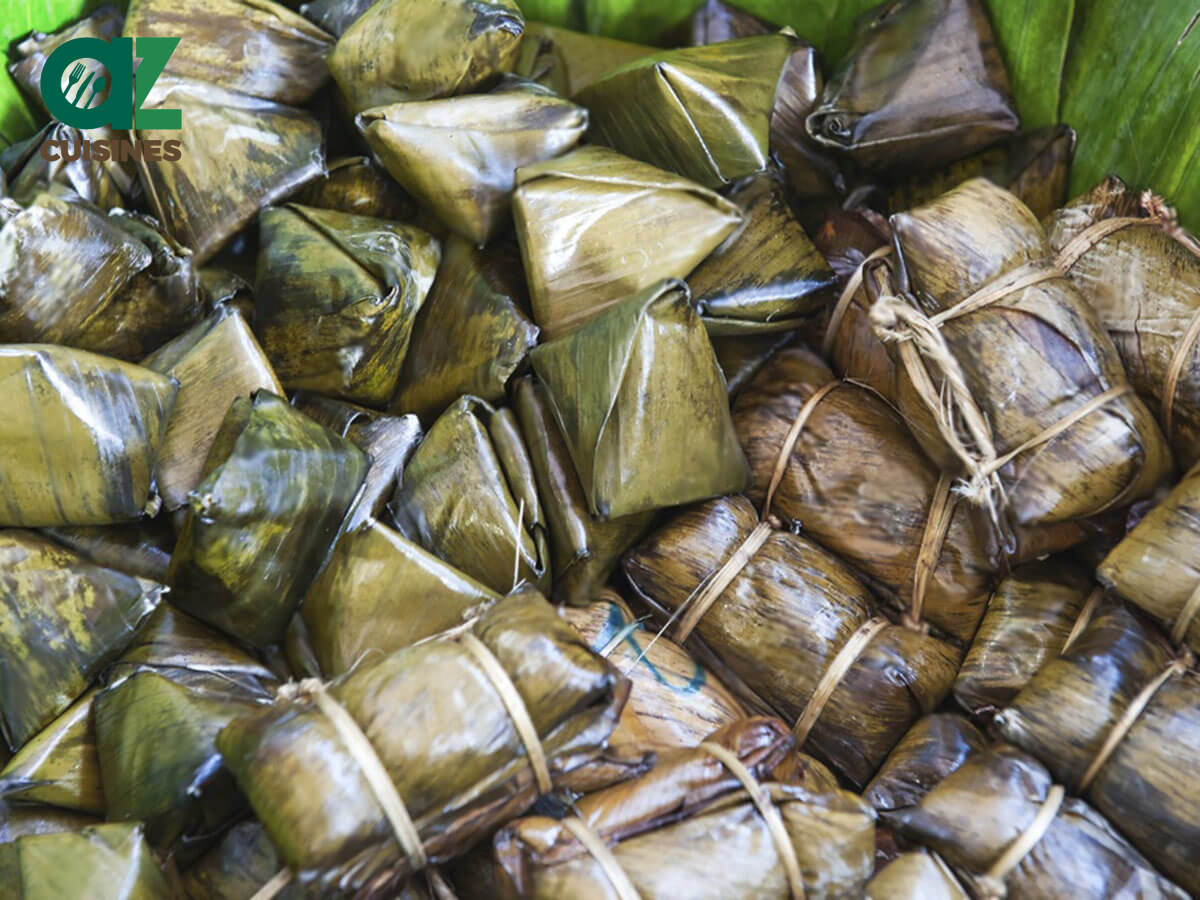
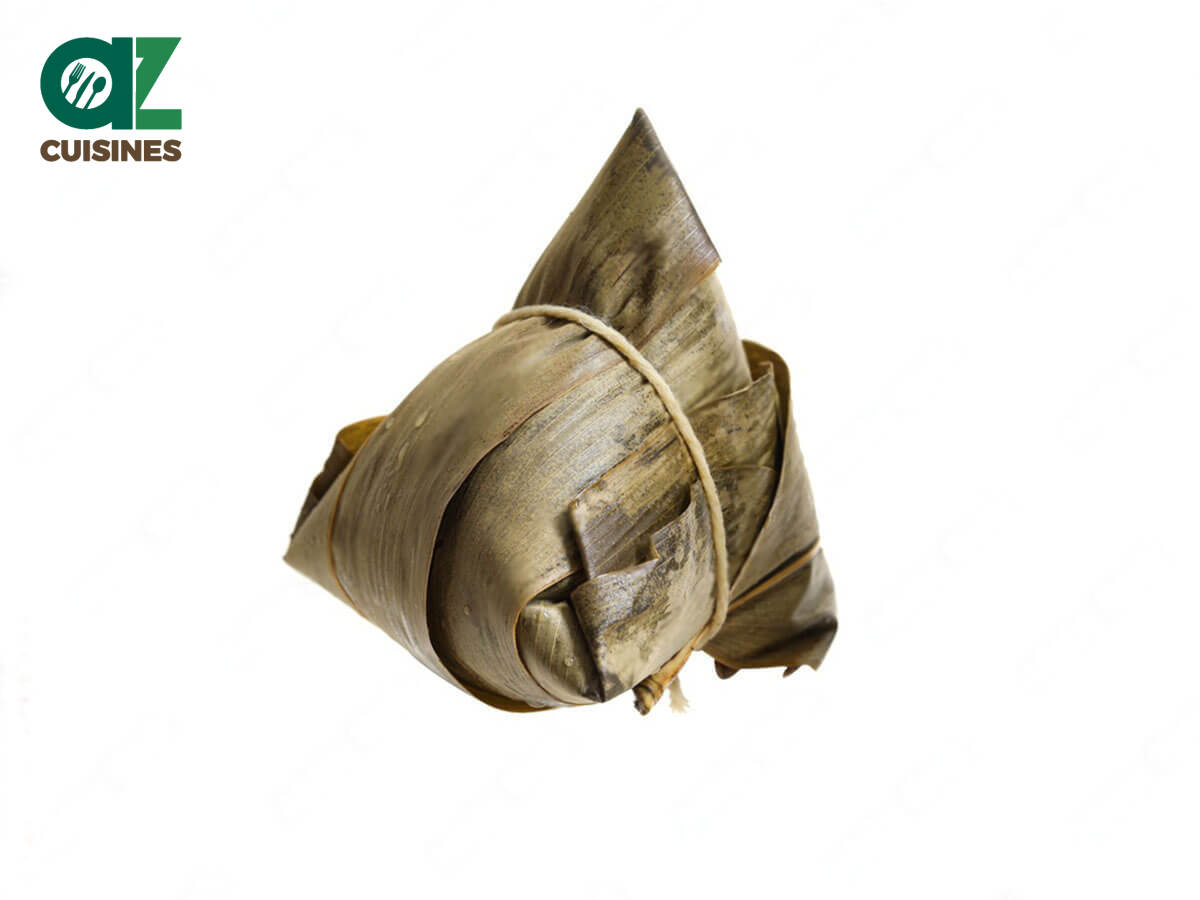
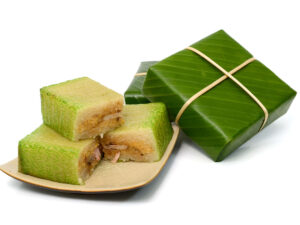
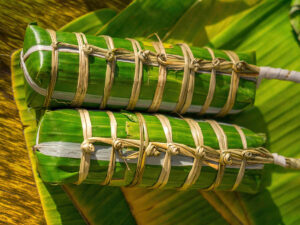
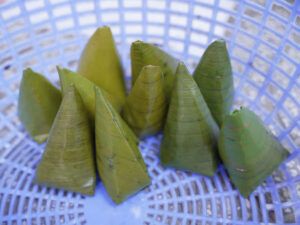
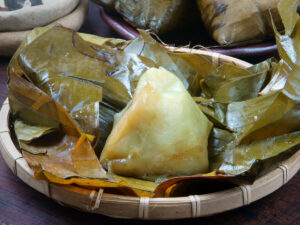
Truc Tran (Kris)
Senior Food Editor
Expertise
Home Cooking, Meal Planning, Recipe Development, Baking and Pastry, Food Editor, Cooking-video Maker, Vietnamese Food Evaluation Expert
Education
Truc Tran (Kris), an experienced food writer and editor, is great at exploring and describing global cuisines, from simple street food to fancy dining. In her writing, she skillfully mixes different flavors, cooking methods, and culinary traditions, showing the unique character of various cultures through their food and drinks. On azcuisines.com, Kris highlights her knowledge, especially in Asian cuisine and worldwide traditional dishes.